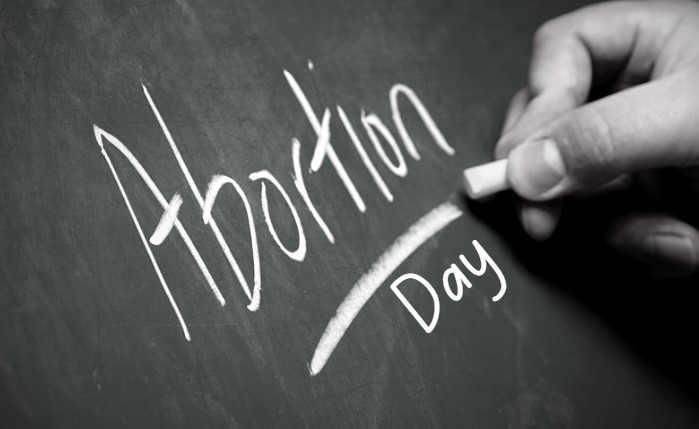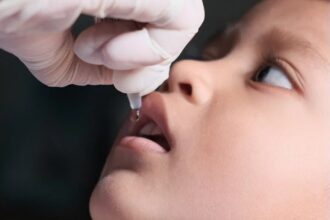After two cases of Monkeypox were detected in the nation, the Union Health Ministry assessed the procedures for health screening of foreign visitors arriving in India at airports and ports on Monday. The new guidance given to states are to follow stringent screening process to test for cases.
The second confirmed case of the disease in India was discovered on Monday in a 31-year-old Kannur, Kerala, man who had just returned from Dubai.
Following the first confirmed case of monkeypox on Thursday in Kerala’s Kollam district, the Union Health Ministry last week hurried a high-level multidisciplinary team to Kerala to help the state health authorities implement public health measures. The patient was a 35-year-old returning from the United Arab Emirates.
On Monday, the seminar was attended by regional directors from the regional offices of health and family welfare as well as airport and port health officers (APHOs and PHOs).
According to a health ministry statement, they were ordered to maintain stringent health screening of all arriving foreign visitors to reduce the possibility of bringing monkeypox cases into the country.
Monkeypox Alert in India – Highlights of Action Plan by Govt
- Centre Reviews Points of Entry (PoEs) Health actions at international airports and ports in India
- State, Airport and Port Health Officers advised to ensure strict health screening of all international travellers to minimize risk of importation of Monkeypox Disease
- Effective coordination between State admin, Bureau of Immigration, Airport and Port Health Offices
According to the “Guidelines for Management of Monkeypox sickness” published by the ministry of health, they received advice and were reoriented regarding the clinical presentation of the disease.
They were also advised to coordinate with other stakeholder agencies like Immigration at international ports and airports to streamline health screening processes besides ensuring suitable linkages with hospital facilities earmarked to each port of entry for timely referral and isolation.
The meeting was attended by senior officials from International Health Division, and Disaster Management Cell.
What do we know about Monkeypox?
According to the World Health Organisation (WHO), monkeypox is a viral zoonosis (a virus transmitted to humans from animals) with symptoms similar to those seen in the past in smallpox patients, although it is clinically less severe.
Monkeypox typically presents with fever, rash and swollen lymph nodes and may lead to a range of medical complications.
It is usually a self-limited disease with symptoms lasting from 2 to 4 weeks.
In the ‘Guidelines on Management of Monkeypox Disease’ issued to states and UTs the Centre stated that human-to-human transmission occurs primarily through large respiratory droplets generally requiring prolonged close contact.
It can also be transmitted through direct contact with body fluids or lesion material, and indirect contact with lesion material, such as through contaminated clothing or linens of an infected person.
Animal-to-human transmission may occur by bite or scratch of infected animals like small mammals including rodents (rats, squirrels) and non-human primates (monkeys, apes) or through bush meat preparation.
The incubation period (interval from infection to onset of symptoms) of monkeypox is usually from 6 to 13 days but can range from 5 to 21 days, the document stated.
The case fatality ratio of monkeypox has historically ranged from 0 to 11 per cent in the general population and has been higher among young children. In recent times, the case fatality ratio has been around 3-6 per cent, the document stated. T The symptoms include lesions that usually begin within 1-3 days of fever onset, lasting for around 2-4 weeks and are often described as painful until the healing phase when they become itchy (in the crust stage).
A notable predilection for palm and soles is characteristic of monkeypox, the guidelines stated.
According to the guidelines, contacts should be monitored at least daily for the onset of signs/symptoms for 21 days (as per case definition) from the last contact with a patient or their contaminated materials during the infectious period.






